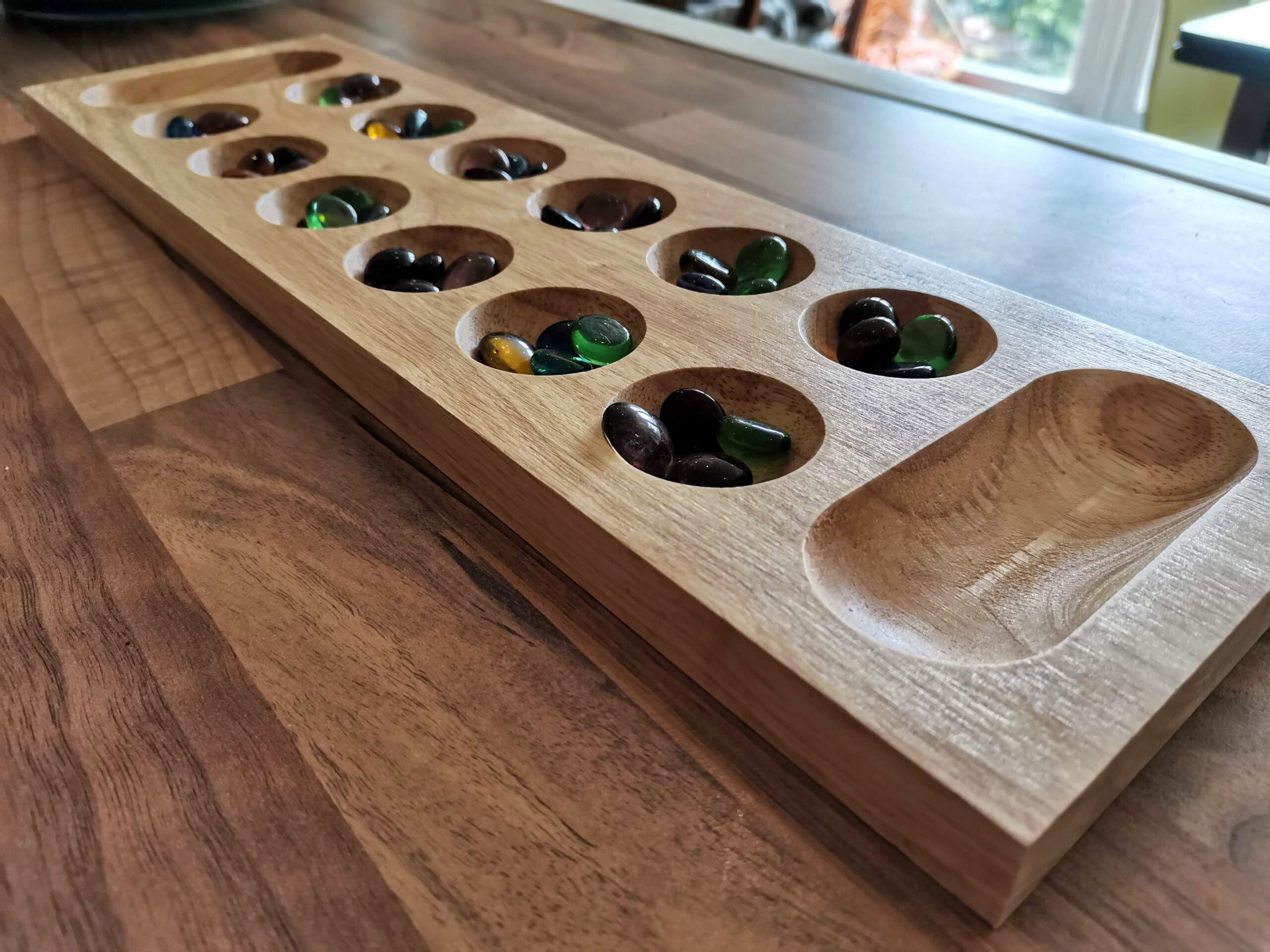The Elder Scrolls: Betrayal of the Second Era Review
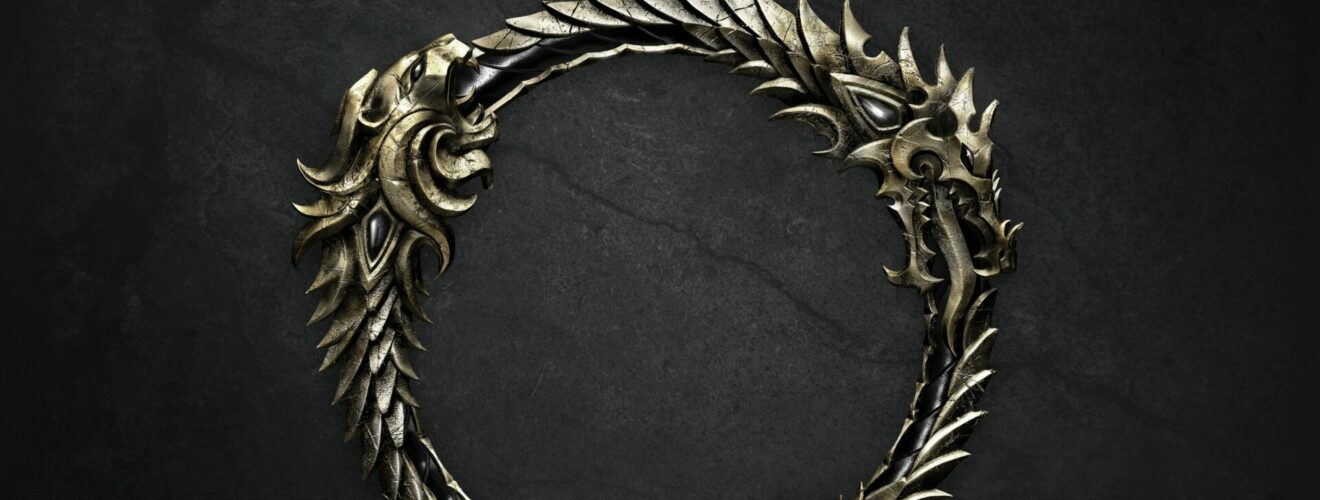
A review copy of The Elder Scrolls: Betrayal of the Second Era was kindly provided by Chip Theory Games. Thoughts and opinions are my own.
Every so often, a game comes along that tries to do something outlandish. Something audacious. Something frankly ridiculous. The Elder Scrolls: Betrayal of the Second Era from Chip Theory Games is one of those games. The Elder Scrolls series of video games has always strived for a sense of a vast, living world. A world that you get to play in. Dungeons and cities to explore. Side-quests you trip over and lose hours in exploring. To take something of that scale and boil it down to an experience you can fit into a – admittedly huge – box shouldn’t be possible. Nobody told Chip Theory Games, though, and the result is an incredible tabletop experience. The Elder Scrolls is absolutely superb, yet despite my fawning, it might not be for you.
Lot of history in these walls. We’re trying to make some more. It’s a lucky time to be alive.
When I first heard that CTG were working on a campaign game based on The Elder Scrolls, to say that I was skeptical would be an understatement. I imagined Too Many Bones (read my review of TMB here) combat tied together with a paper-thin overworld something, and I’ll admit that I consigned it to the ‘yeah, right’ corner of my mind. I’ve sunk days, weeks of my life into Oblivion, Skyrim, and Morrowind. I know how well Bethesda have woven the threads of adventure and exploration together. The epic tales and history of the world of Nim, and in particular the continent of Tamriel, are beloved by players (me included) in the same way people lose themselves in the worlds of Tolkien’s, Jordan’s and Martin’s minds.
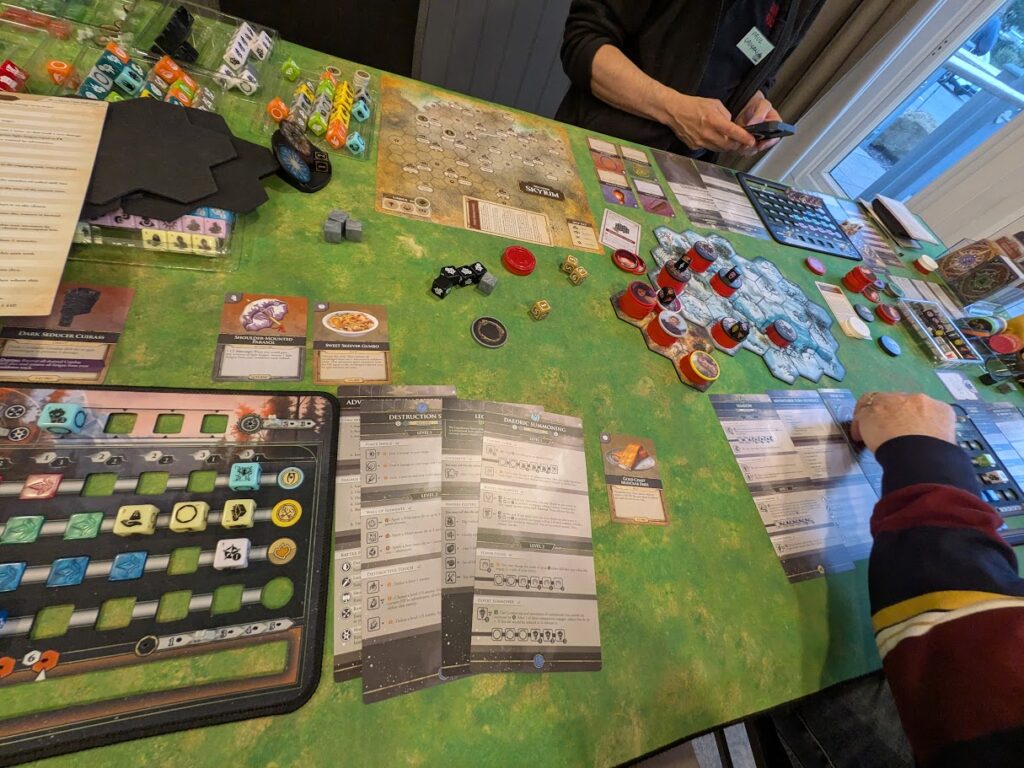
I understand that in a traditional RPG system like Dungeons & Dragons or Pathfinder, you can create games which reflect the same scale, because the games are designed to be played over months or years of play. The Elder Scrolls: Betrayal of the Second Era (Elder Scrolls from here on in) is designed to be played over three sessions for each campaign. The map tiles in the box, which are the same lovely neoprene you’d expect from CTG, are for the encounters and delves (dungeon exploration scenarios). The overworld activity all happens on a single sheet map of each area, such as Skyrim, Cyrodiil, and Black Marsh.
I couldn’t see how, when 95% of the components in the box are for the action sequences, the overworld parts could possibly pull it all together to create a coherent story. A quest for the ages. An epic. It felt like a fool’s errand and a blatant attempt to tug on the teats of the Elder Scrolls cash cow. Yeah, let that mental image sit there for a minute.
I was wrong to doubt them.
Chip Theory Games may just have delivered the quintessential fantasy dungeon crawl adventure that so many of us have yearned for. Something deeper than a single level ‘one and done’, but nowhere near the level of time investment that something like Gloomhaven demands of you. Engaging, tactical, skirmish combat. Meaningful decisions. An engaging story. True character customisation. All done with three big sessions. Then you’re free to start again, or never think about it again. How does that sound to you?
You do not even know our tongue, do you? Such arrogance, to dare take for yourself the name of dovah.
As a group, you choose a province for your adventure. You choose the overworld map, each of which comes with its own quirks and differences. Black Marsh, for example, has ever-changing weather conditions. Once the group chooses a guild quest to embark on, the adventure begins, and the adventure is driven by the chosen province’s book (Gazetteer). Following the quests is really easy. You’re told to read a certain passage in the book, and as you move your group’s token across the overworld map, if you visit a town, that town has its own entry in the book. Towns are where you can train your character in different skills, visit shops to buy new gear, take on side quests, heal up at the inn, refill your potions etc. Along with trips into town, you can have different encounters as you travel around, some of which are peaceful, and some of which result in conflict.
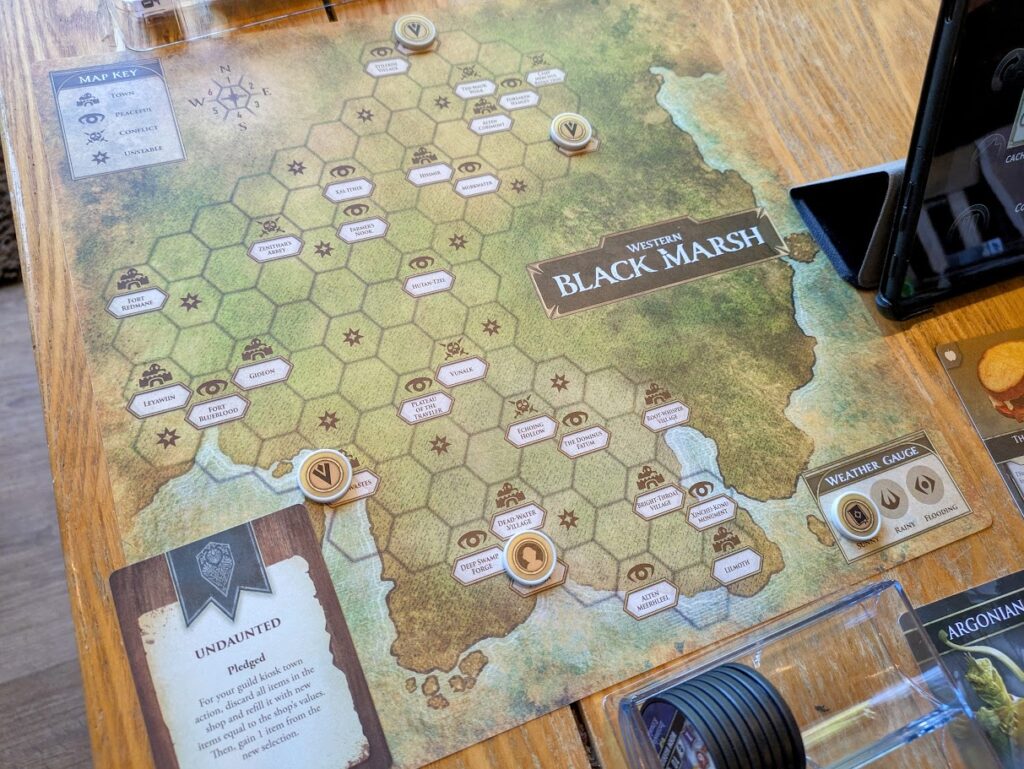
The quests have a nice level of pacing, which drives them along. The description of the quest from your chosen guild tells you where you need to go on the map. In addition, it might tell you what other places you might want to visit first to help when you get there, but importantly, it also suggests by which day you should get there. There’s an ever-ticking duo of discs on a very cool magnetic holder, tracking days and also party XP collected. This is super important to the way the game works and how it assigns enemies to each battle you take part in.
You see, the battles – the main course of the Elder Scrolls’ banquet – don’t come with a preset number of enemies to fight. The Enemy Pool, as it is known, is calculated by multiplying the total party XP by the number of heroes. You then spend that by placing enemies of levels 20, 10, 5 and 1, doing it as efficiently as possible. It’s just like XP scaling in RPGs; the longer you leave it before you get to an encounter, the more difficult the fight will be. Hopefully, you’ll have levelled your own characters up enough to counter the increased difficulty, but it’s not always the case.
Levelling up brings us to the very cool character mat each player has. It has square sockets where you can place tokens representing health, magic, and stamina, as well as the dice you claim for the skills you take on. Each level you take in a skill (acrobatics, light armour, two-handed, etc) gains you another die which needs to live in a hole on a row on your mat. The delicious problem comes from the fact that there are only four rows on your mat. They’re double-ended, which means you’ve got the option to gain up to eight different kinds of improvement, but in order to do that, some things need to be shared. Say, for example, you improve your max HP by adding red tokens to the top row. Awesome, you’re more of a magic bullet sponge now, but the skill on the other end of that row has fewer spaces to add dice for whatever skill line you’ve chosen to place there, if any.
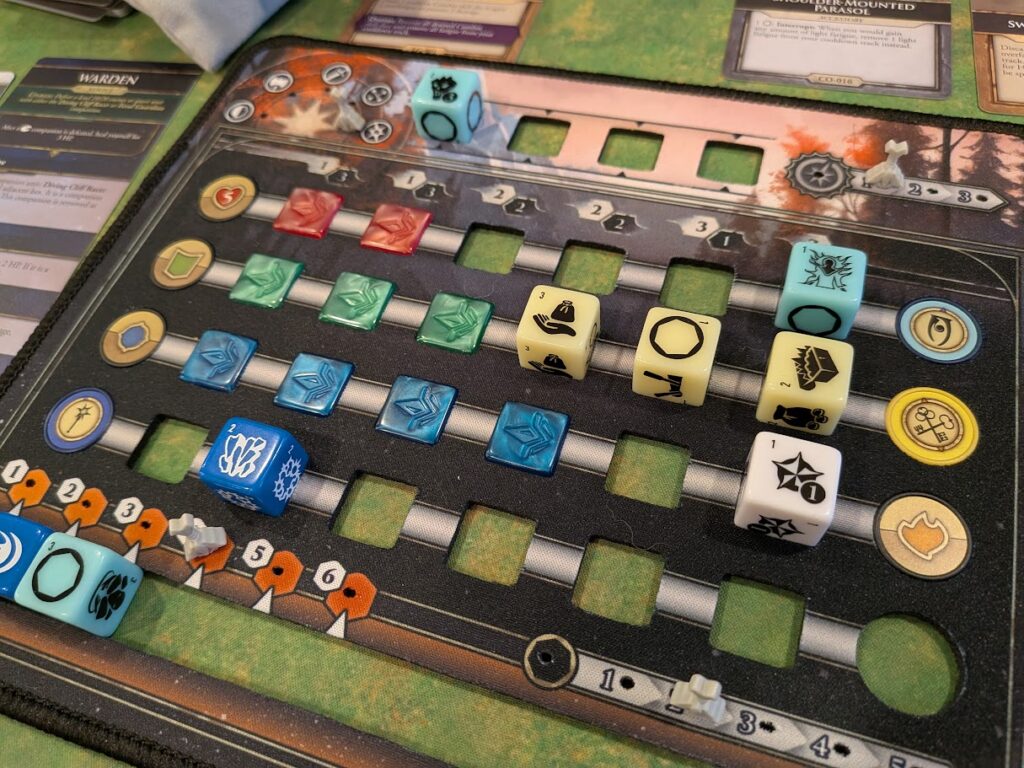
All of this is to say that Elder Scrolls is finally the game you’ve been looking for. The tabletop dungeon crawler with true character development and customisation, which isn’t a massive RPG which will take you months to see through to completion. Choose a race, choose a class, choose which skills you want to combine, and see how it plays out in your short campaign. The game even has these cool trays that you can plonk your character mat into to ‘save’ it between each of the three sessions that a campaign comprises.
Eyes open, and walk with the shadows.
Despite the undoubted brilliance throughout every part of Elder Scrolls, there are several arrows to the knee you’ll have to endure in order to become an adventurer. First up is the weight, and when I say weight, I mean it figuratively and literally. The box it comes in weighs over 10 kg! It’s an absurd thing. A beautiful, well-crafted thing, no denying, but absurd all the same. You genuinely have to consider whether you have the space to house it easily. The figurative weight, though, the layers of learning and exposure to the game’s systems – that’s where the real weight is.
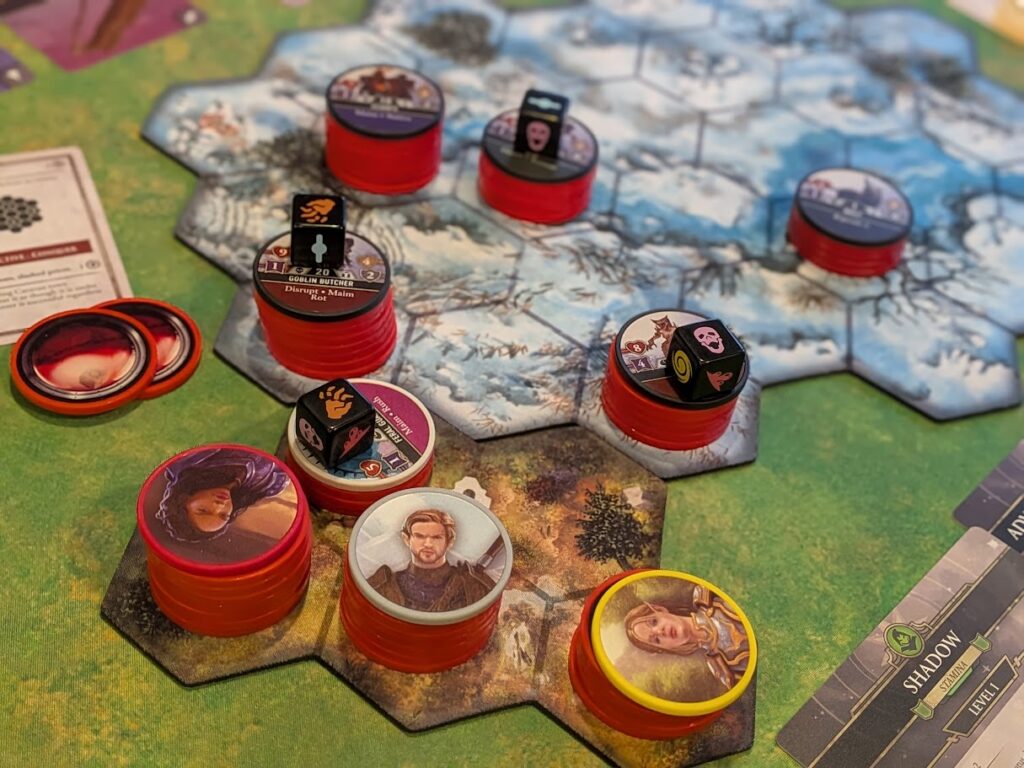
None of the individual parts is ostensibly difficult or convoluted for the sake of it. Moving around the main map is easy. Moving and positioning in battle is easy. Picking which dice you want to roll, spending them, and adding them to the cooldown track on the bottom of your mat is easy. But everything around it, the sheer amount of housekeeping and fiddliness at times, adds a layer of mental overhead, which is a real factor in your first few sessions. Let me illustrate with a few examples.
When you move on the overland map, you can move three hexes. Unless each party member acquires light fatigue, in which case they can increase the range of movement by one hex for each cube added. But you also have to check the province’s unique traits to see if any of those affect overland movement and take that into account. Speaking of province traits, conditions can change on every round. If you drew a peaceful encounter card this round, the icon on the bottom of the card tells you the new condition. If you didn’t draw one, draw a peaceful encounter anyway at the end of the round, read its icon, update the marker, then replace the card at the back of the deck.
When you embark on a Delve, which is a particular type of dungeon skirmish, you can use the explore action to add new tiles to the map. To explore, though, you have to target an explorable hex. That is to say, a hex with the explorable icon on. But that hex needs to be in sight, and being in sight isn’t a case of having line-of-sight. You have to be within range of it to ‘see’ into the new area, and for some reason, that range is determined by your stamina stat. But you can’t have moved during that turn, unless you already did, and are now on the explore tile. That’s okay. And when you place the new tile, there are strict rules about its orientation.

When you gain XP from an encounter, the XP is added to the party’s XP dial first, and then to each adventurer’s individual mat. Unless it’s bonus XP, which is awarded during some encounters, in which case the adventurers gain it, but the party dial does not. When you gain XP, you can spend it during the reward phase at the end of the encounter. You can earn plenty of XP in excess of the three that your character mat lets you track, but you have to spend the excess before the next day. Unless you want to save three to take with you to use later, but no more than three, regardless of whether it’s party XP or bonus XP.
You see what I mean, though. None of these things is particularly difficult to understand or to action. They’re just more and more little things which sit on your shoulder like nagging little imps, whittering away in your ear and interrupting your internal monologue. “Don’t forget to do that! Remember to use that item you’ve got that lets you do the thing? Did you change your Battle Form at the start of your turn? Remember to update the weather. Did you advance the XP dial? Did you remember to advance the day dial? Did you apply that enemy’s trait from their chip when they moved? Oh, that’s the second skyshard on this delve, make sure you apply the correct penalty to the person who moved onto that tile first”.
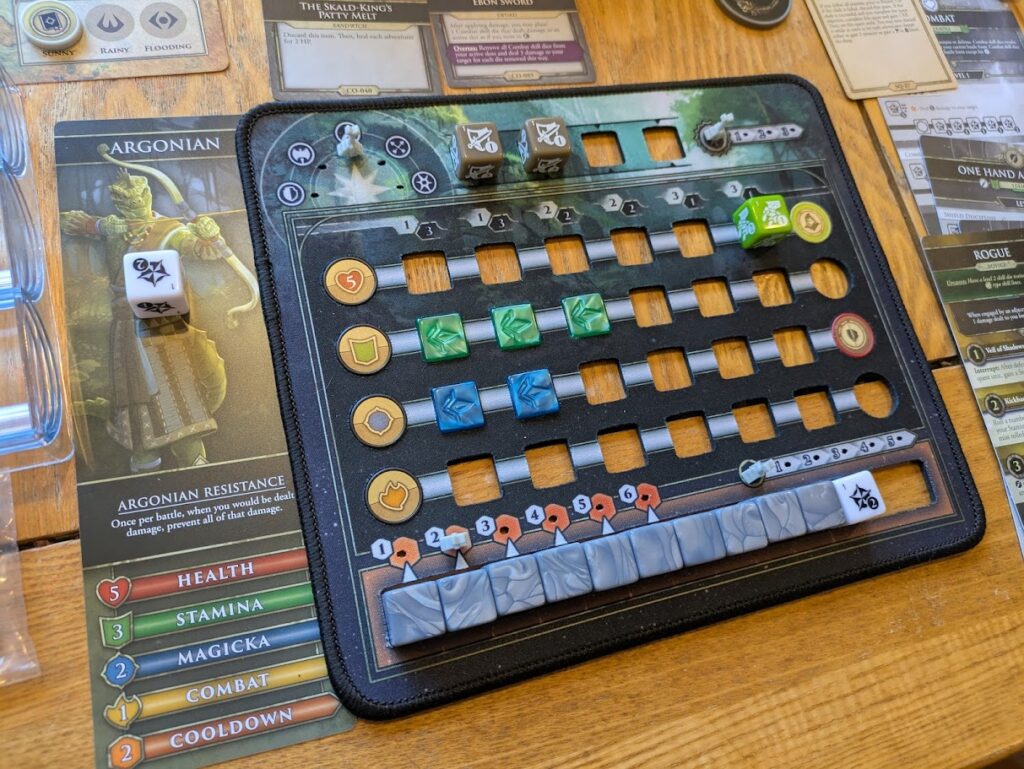
The more you play, however, the quieter that little voice becomes, and the more natural the various housekeeping and bookkeeping bits become. The traits and skills on the enemy chips start to become second nature, instead of you rummaging around the table for the reference sheet each time. Just be ready to do a lot of reading, and to use the Dized app tutorial while you learn the game. The main rulebook is just shy of 100 pages long, and that doesn’t include the five gazetteer books or the tutorial guide. It’s 94 pages of honest-to-goodness rules explanation and reference.
Final thoughts
A bit of an extended final thoughts today, as The Elder Scrolls: Betrayal of the Second Era really warrants it. It’s a huge, sprawling box of fantasy delights. It’s hard to overstate just how much game there is packed into the 10 kg monster that’s bowing your shelves. By the time you work through the various combinations of provinces and guilds, you’ll likely have spent hundreds of hours adventuring in Tamriel. I mentioned above that a campaign is only three sessions, but you can easily expect each of those sessions to last three or four hours. It means you’re going to need a regular group with a regular game night to really get the most out of the game, and to lavish the time and attention on it that it deserves.
I’m happy to admit that I was wrong when I assumed it would be endless, inane skirmishes tied together with stories made of wet tissue paper. The stories in the game are so well written and so engrossing. During one campaign, we chose to part ways with an NPC companion before moving to the second session, and it bugged me for days afterwards that I never found out what happened with him, or why he was acting so suspiciously. One day I’ll find out, Zorik, mark my words. I found myself invested and interested, and it takes a lot for me to buy into fantasy worlds.
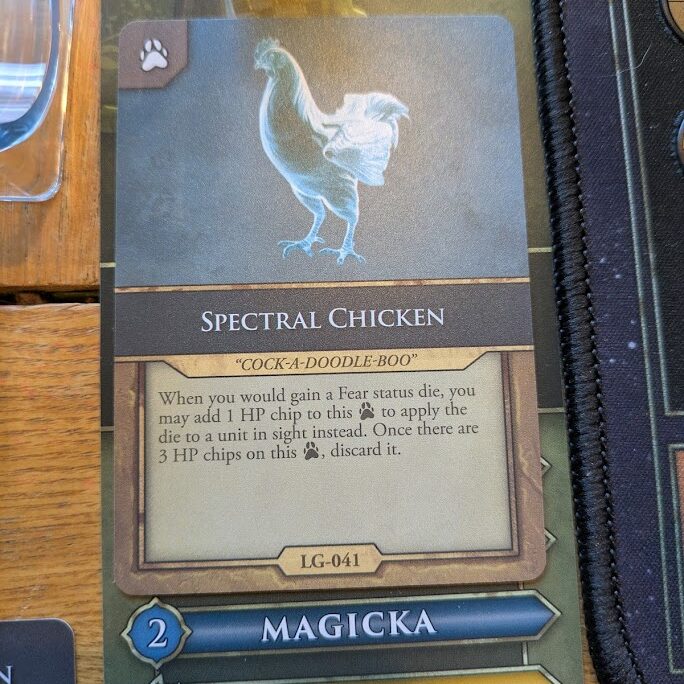
As you’d expect from a Chip Theory game, the components are pretty lavish. Heavy poker chips, gorgeous custom dice, and neoprene mats everywhere. Decks and decks of cards with a custom deck holder to go on the table to make the game easier to run. Ringbound manuals, a decent box insert with instructions for how to pack everything away. You pay for it, though. Expect the base game to be on just the wrong side of 200 $/£/€ when you buy it. It’s a huge amount of money for a board game, BUT if you have the right group with the time and desireto play a game like this, you’ll easily get your moneysworth. For the rest of the world though, think long and hard before splashing your cash.
I feel like a bit of an impostor writing this review, to be honest with you. I love it. I loved every minute of the 20+ hours I’ve sunk into it so far. But – and this is a big but – I’m biased. I didn’t have to buy my copy, you see, because the good folk at CTG were generous enough to send me a copy to review. Had they not, I’m not sure I’d ever have written this review, because I think I’d have some kind of breakdown if I tried to spend 200 quid on a single game in one go. Make of that what you will when you make your own buying decisions. It might be it becomes a convention game you play once or twice a year, and that might be enough for you.
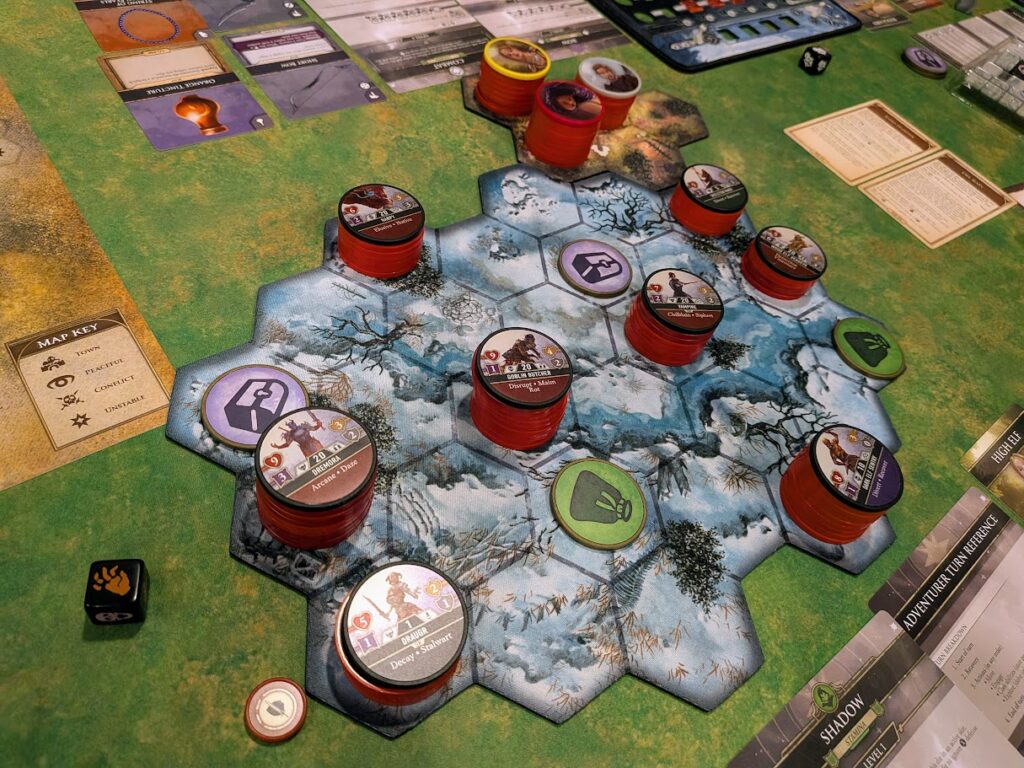
If you have the right people around you, the patience to learn the game, and the time to sink into the campaigns when so many other games are vying for your spare time, and the money, then The Elder Scrolls: Betrayal of the Second Era is nothing short of astonishing. It’s a love letter to the series, in the form of a lavish, rewarding masterpiece of game design, and I cannot wait to play it again. I honestly can’t. I want to dig around in the fantasy sandbox and see what happens next. Just remember what I’ve told you here today. Forewarned is forearmed, adventurer.
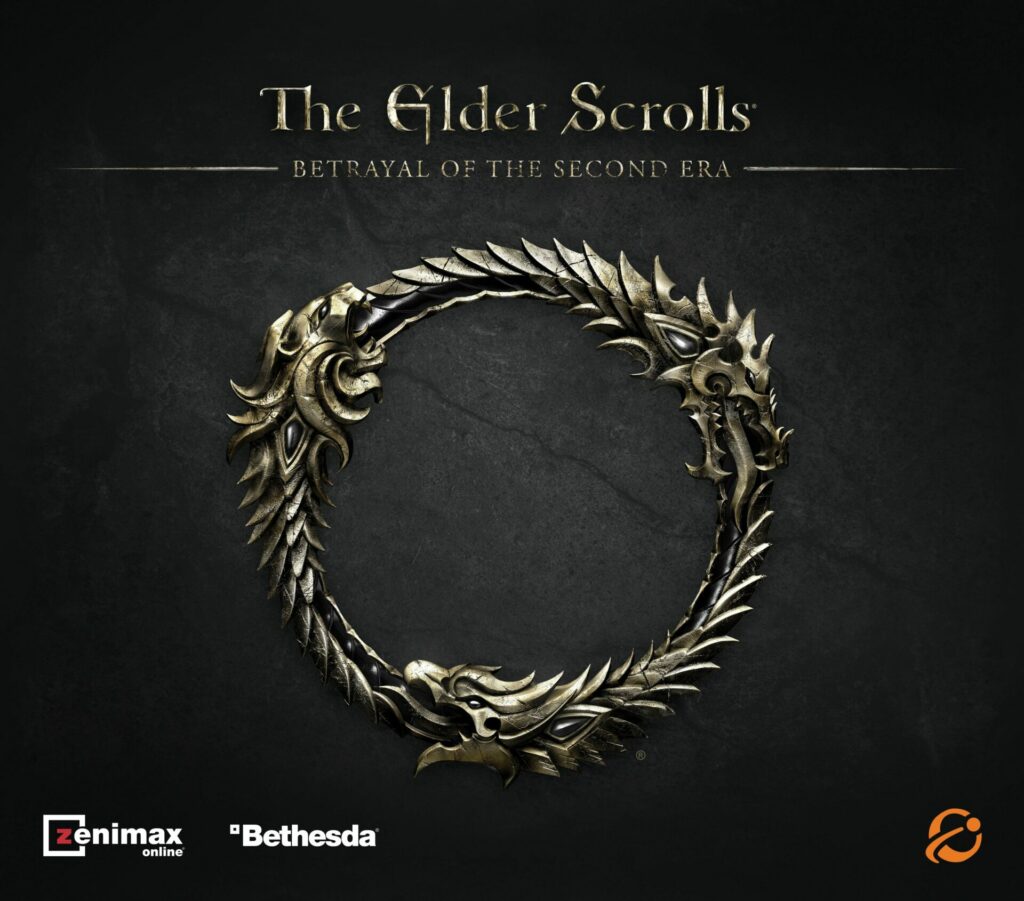
The Elder Scrolls: Betrayal of the Second Era (2025)
Design: Josh J. Carlson, Michael Gernes, Logan Giannini, Ryan Howard, Salem Scott, Josh Wielgus
Publisher: Chip Theory Games
Art: Chris Beck, Yoann Boissonnet, Anthony LeTourneau, Federico Pompili
Players: 1-4
Playing time: 180-240 mins









